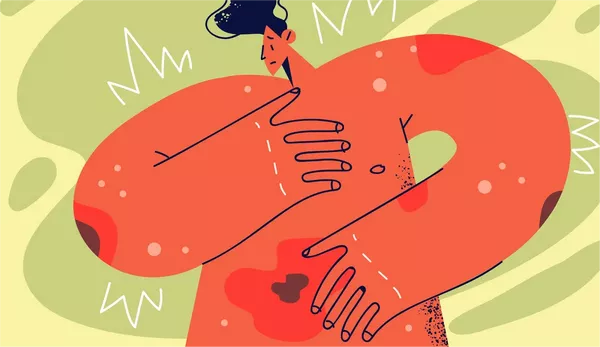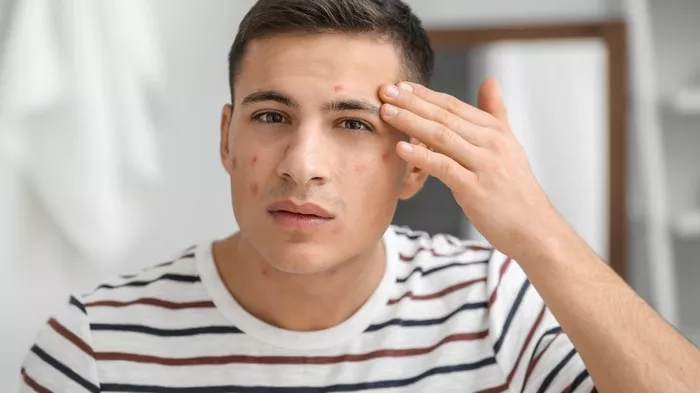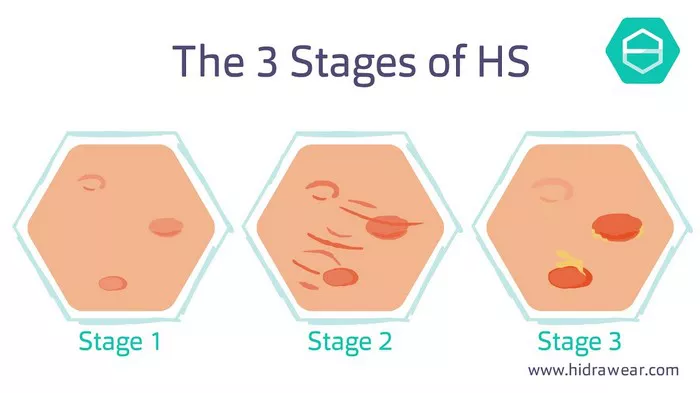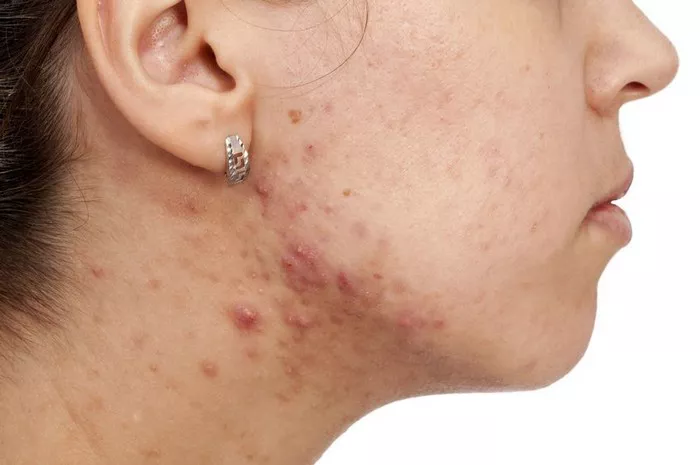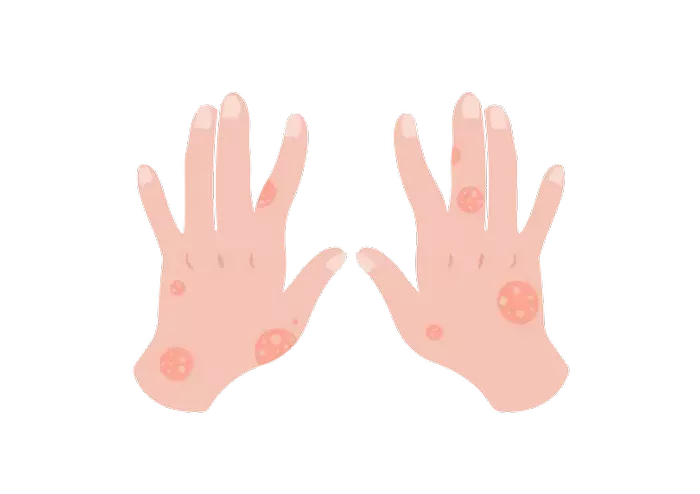Hidradenitis Suppurativa (HS) is a chronic inflammatory skin disease that significantly impacts the quality of life of those affected. Often misunderstood and underdiagnosed, HS is characterized by painful, recurring abscesses and nodules, primarily in areas of the body where skin rubs together, such as the armpits, groin, buttocks, and under the breasts. These lesions can rupture, leading to the formation of tunnels under the skin known as sinus tracts, which can drain foul-smelling pus. Over time, the condition may result in scarring, disfigurement, and psychological distress, making it a particularly challenging disease to manage.
Explanation of Inflammation
Inflammation is the body’s natural response to injury or infection. It involves the immune system releasing various substances to protect and heal the affected tissues. Common signs of inflammation include redness, swelling, warmth, and pain. While inflammation is a vital part of the healing process, chronic inflammation can lead to long-term tissue damage and contribute to various diseases, including Hidradenitis Suppurativa (HS).
SEE ALSO: The Best Natural Treatment for Hidradenitis Suppurativa
Details About Hidradenitis Suppurativa (HS)
Hidradenitis Suppurativa (HS) is a chronic inflammatory skin condition that typically affects areas of the body where skin rubs together, such as the armpits, groin, buttocks, and under the breasts. HS is characterized by the following symptoms:
Painful Nodules: One of the earliest signs of HS is the development of painful, pea-sized lumps or nodules under the skin. These nodules may feel tender and may last for days or weeks.
Abscesses: As the condition progresses, these nodules can become inflamed, leading to the formation of abscesses. These abscesses are painful, pus-filled lumps that can rupture, leading to an unpleasant odor and drainage.
Scarring: Repeated cycles of inflammation, abscess formation, and rupture can result in scarring. Over time, the affected areas may develop thickened, rope-like scars and tunnels under the skin, known as sinus tracts. These scars can lead to restricted movement and further complications.
Causes and Risk Factors:
The exact cause of HS is not fully understood, but several factors are believed to contribute to its development:
Genetic Predisposition: Family history plays a significant role in the risk of developing HS. Studies suggest that individuals with a close relative who has HS are more likely to develop the condition themselves.
Hormonal Influences: Hormones, particularly androgens, are thought to play a role in HS. The condition often begins after puberty and may worsen during periods of hormonal changes, such as menstruation, pregnancy, or menopause.
Immune System Dysfunction: HS is associated with an abnormal immune response, where the body’s immune system mistakenly attacks healthy tissues, leading to chronic inflammation.
Lifestyle Factors: Certain lifestyle factors, such as smoking and obesity, have been linked to an increased risk of HS. These factors can exacerbate the condition and make it more challenging to manage.
Chronic Nature of HS:
Hidradenitis Suppurativa is a chronic condition, meaning it persists over time and may require long-term management. Although there is currently no cure for HS, various treatments can help control the symptoms and improve the quality of life for those affected.
Treatment Options
It’s important to know that while HS is a chronic condition, it is treatable. Managing HS often requires a multifaceted approach that may include:
Topical Treatments: These include antiseptic washes, topical antibiotics, and anti-inflammatory creams to reduce inflammation and prevent infection.
Oral Medications: In some cases, oral antibiotics, hormonal therapies, or immunosuppressive drugs may be prescribed to control inflammation and prevent flare-ups.
Surgical Interventions: For severe cases, surgical procedures may be necessary to drain abscesses, remove sinus tracts, or excise affected skin areas to prevent recurrence.
Lifestyle Modifications: Maintaining a healthy weight, quitting smoking, and adopting a skin-friendly hygiene routine can help manage HS and reduce the frequency of flare-ups.
Conclusion
Hidradenitis Suppurativa is more than just a skin condition; it is a debilitating chronic disease that affects every aspect of a person’s life. From the physical pain caused by recurring abscesses and sinus tracts to the emotional toll of living with a visible and often stigmatized condition, HS is a complex and challenging disease that demands comprehensive care. While advances in medical research have led to a better understanding of HS and the development of new treatment options, there is still much to be done. The chronic nature of the disease means that treatment is often lifelong, with a focus on managing symptoms and preventing flare-ups rather than achieving a cure. This ongoing struggle highlights the importance of a multidisciplinary approach to care, involving dermatologists, surgeons, mental health professionals, and support networks to address the full spectrum of challenges faced by individuals with HS.
Realted Topics:

